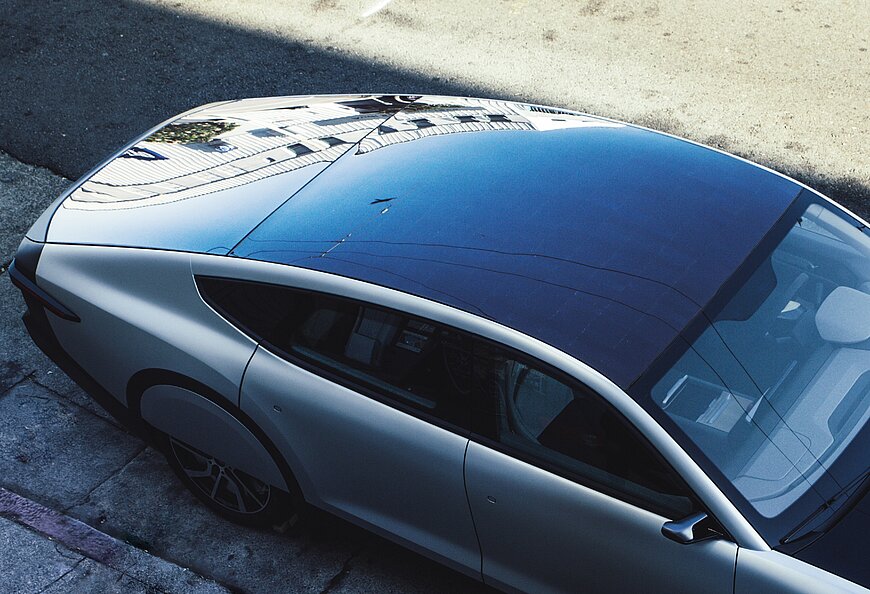A second life: Lightyear raises €10 mln

Former automaker Lightyear is embarking on a second life. It raised €10 million in investment for further development of solar roofs.
Lightyear is making a remarkable comeback by raising €10 million from investors. The company is transforming the auto industry with innovative solar technology to integrate various car models. The technology promises significant reductions in carbon emissions and reliance on charging stations. With existing patents, advanced production lines, and new contracts with automakers, Lightyear is targeting commercial production in 2026-2027 and growth in personnel.
A new opportunity
At a time when sustainability is becoming increasingly important, Dutch company Lightyear appears poised to turn the automotive industry on its head. The company, on the brink of bankruptcy a year and a half ago, has been given a new chance thanks to the sale of its solar roof technology to established automakers. With a recent €10 million capital injection, Lightyear is taking a big step toward a green future.
After investment dried up in January 2023, Lightyear had to transition. The company switched to building car parts. The switch represented a lifeline that would not have been possible without the company’s extensive intellectual property (IP) portfolio, which includes 60 patent families.
This technological breakthrough is not only a second life for Lightyear but potentially for how we drive cars. Indeed, the company holds patents on bending and stabilizing solar panels, allowing them to be seamlessly integrated into vehicles. This will make it possible to drive in sunlight, promising a significant reduction in carbon emissions and less reliance on charging stations.
From bankruptcy to innovation
Following Lightyear’s bankruptcy, which followed the production of an overpriced car model in Finland, the company embarked on a rigorous change of direction. Instead of producing complete cars, Lightyear is now focusing on developing and selling solar cell technology to other car manufacturers. The technology, which can be placed on doors, roofs, and engine covers, has proven not only innovative but also commercially attractive.
The production line in Venray, which includes state-of-the-art machinery for layering solar panels, enables Lightyear to produce flexible solar panels suitable for the dynamic shapes of cars. With current production capacity, the company can produce between 60,000 and 100,000 solar cell roofs per year, which can be quickly scaled up if needed.

A solar future for cars
Lightyear’s solar roofs generate 200 watt-hours of electricity per square meter. This is enough to power a car’s air conditioning and all its electronic systems. In addition, the solar cell roof can contribute up to 15 to 20% of engine power. This means that in the summer months in countries like the Netherlands, cars could potentially run for days without recharging.
With three contracts for extensive testing sessions with car manufacturers, it is clear that the industry believes in the potential of Lightyear’s technology. Bonna Newman, Lightyear’s new chief executive, has great expectations and sees the U.S. market as a significant growth opportunity, especially given the rapid increase in electric vehicles there. The CEO told regional newspaper Eindhovens Dagblad that the company targets 30 to 40 employees in the short term.
Lightyear’s return is striking. The company deliberately did not seek funds externally not to dilute investors’ interests. “Then it also becomes easier to raise larger sums of money,” Newman said. With this strategy, Lightyear stays true to its mission and provides a stable foundation on which to build.
The dream in sight
The dream that began as a student project at TU Eindhoven in 2016 is getting closer and closer. The sights are set on 2027 when the first cars with a Lightyear solar roof could hit the road. Lightyear seems poised to revolutionize the automotive industry with its renewed focus, financial injection, and strategic partnerships. A revolution that promises to change the way we drive and contribute to a more sustainable world. And all from a company that was on the verge of disappearing.
